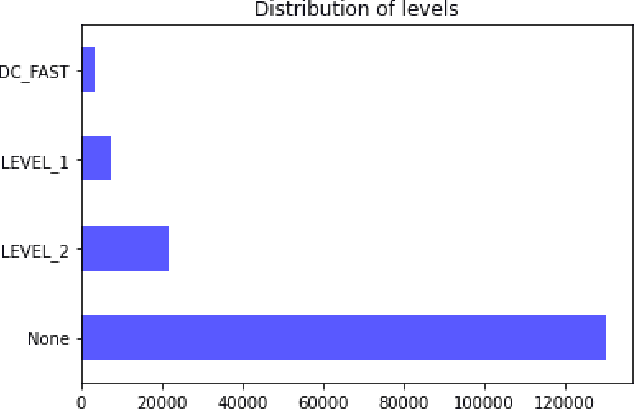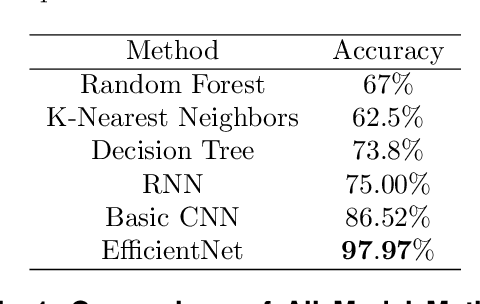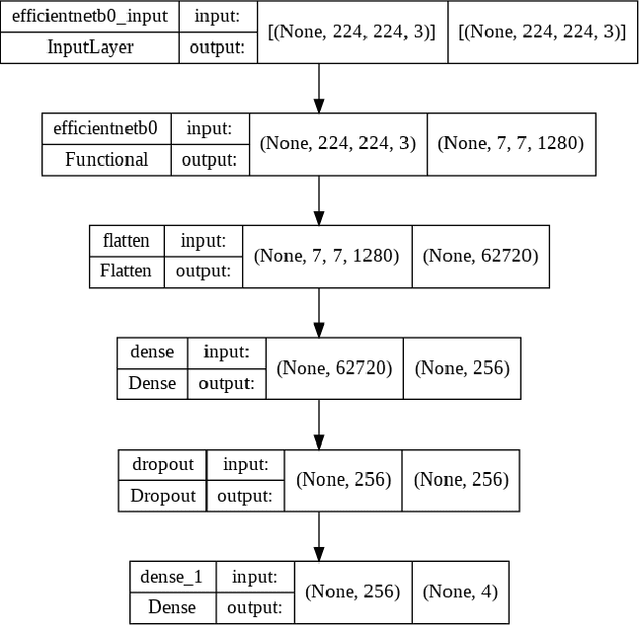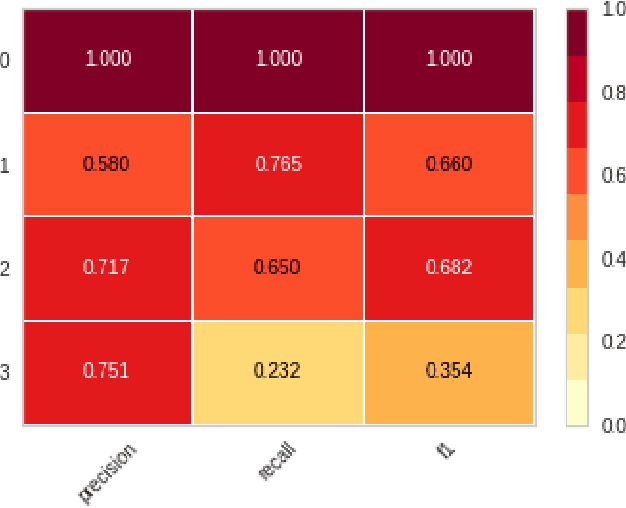Chongzhou Fang
Side Channel-Assisted Inference Leakage from Machine Learning-based ECG Classification
Apr 04, 2023Abstract:The Electrocardiogram (ECG) measures the electrical cardiac activity generated by the heart to detect abnormal heartbeat and heart attack. However, the irregular occurrence of the abnormalities demands continuous monitoring of heartbeats. Machine learning techniques are leveraged to automate the task to reduce labor work needed during monitoring. In recent years, many companies have launched products with ECG monitoring and irregular heartbeat alert. Among all classification algorithms, the time series-based algorithm dynamic time warping (DTW) is widely adopted to undertake the ECG classification task. Though progress has been achieved, the DTW-based ECG classification also brings a new attacking vector of leaking the patients' diagnosis results. This paper shows that the ECG input samples' labels can be stolen via a side-channel attack, Flush+Reload. In particular, we first identify the vulnerability of DTW for ECG classification, i.e., the correlation between warping path choice and prediction results. Then we implement an attack that leverages Flush+Reload to monitor the warping path selection with known ECG data and then build a predictor for constructing the relation between warping path selection and labels of input ECG samples. Based on experiments, we find that the Flush+Reload-based inference leakage can achieve an 84.0\% attacking success rate to identify the labels of the two samples in DTW.
Predictive Modeling of Charge Levels for Battery Electric Vehicles using CNN EfficientNet and IGTD Algorithm
Jun 07, 2022



Abstract:Convolutional Neural Networks (CNN) have been a good solution for understanding a vast image dataset. As the increased number of battery-equipped electric vehicles is flourishing globally, there has been much research on understanding which charge levels electric vehicle drivers would choose to charge their vehicles to get to their destination without any prevention. We implemented deep learning approaches to analyze the tabular datasets to understand their state of charge and which charge levels they would choose. In addition, we implemented the Image Generator for Tabular Dataset algorithm to utilize tabular datasets as image datasets to train convolutional neural networks. Also, we integrated other CNN architecture such as EfficientNet to prove that CNN is a great learner for reading information from images that were converted from the tabular dataset, and able to predict charge levels for battery-equipped electric vehicles. We also evaluated several optimization methods to enhance the learning rate of the models and examined further analysis on improving the model architecture.
 Add to Chrome
Add to Chrome Add to Firefox
Add to Firefox Add to Edge
Add to Edge